On the 25th of August, 1835, the most discussed article published in the New York newspaper The Sun, was “The Great Moon Hoax.” “The Great Moon Hoax” refers to the collection of ultimately six articles that were published in the newspaper. The article series was about the discoveries made by the English astronomer Sir John Herschel. The long article was printed serially on the front page with the headline “Great Astronomical Discoveries Lately made by Sir John Herschel at the Cape of Good Hope”. From the first day of the Moon hoax article being published, the sales of the New York Sun shot up significantly.
While scientific expeditions and discoveries were not new in the paper for people of that time, the article had some exciting stuff. The article described how Herschel discovered planets beyond the solar system and found out that life existed on the Moon. The whole narrative was about 17,000 words. While the article did not have any directional storyline or plot, it was meant to keep the attention of the readers glued by unfolding miraculous discoveries serially.
However, the article published was a complete hoax as Herschel did not actually observe any life on the Moon or accomplish any astronomical breakthroughs that were credited to him. However, the announcement of the discoveries created a lot of excitement throughout Europe as well as America. It remains to this day one of the most sensational hoaxes of all time.
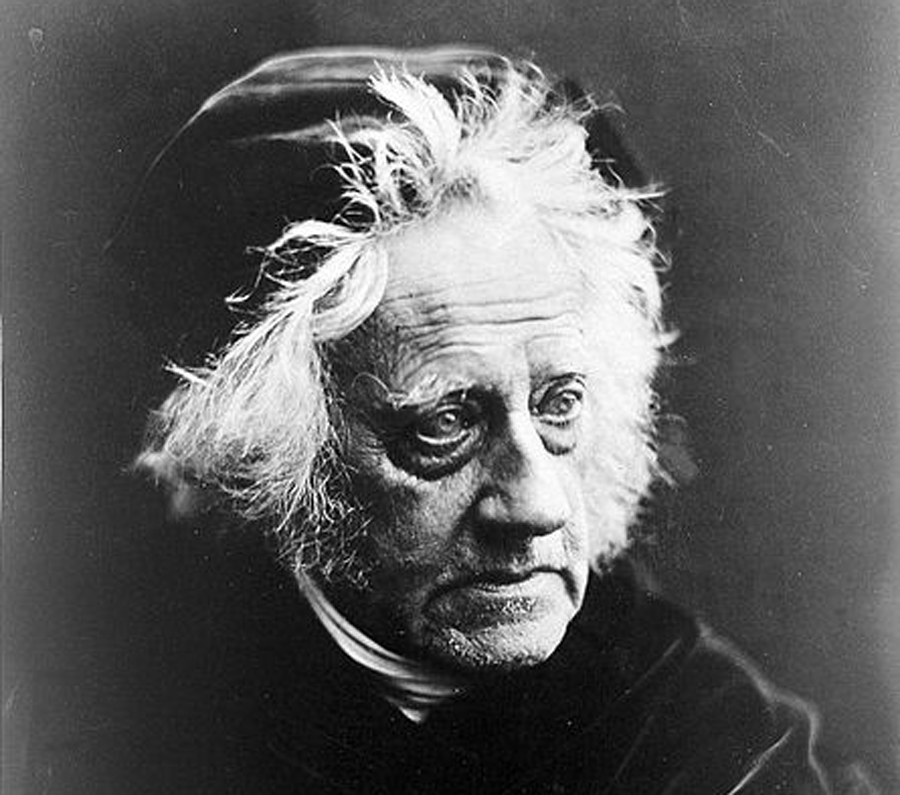
Let’s take a look at what was published in the articles, and the series of happenings that followed.
The Teaser – Herschel’s Telescope
The 21st of August, 1835, a small teaser was printed on the second page of the newspaper that announced that Sir John Herschel had made astronomical discoveries using a huge telescope working on a new principle. This teaser prepared the readers for the series of articles, and marked the beginning of the Great Moon Hoax. The complete series was then published over the following six days.
Day One: Invention of a New Telescope
On 25th August, the New York Sun printed the first part of the article series that gave a brief description of the discovery of life on the Moon. It mainly focused on capturing the attention of readers with its illustrations of the creation of an immense telescope. The article stated the Herschel developed a huge and powerful telescope for viewing astronomical objects with far greater clarity and precision than previously. The telescope was enormous, described as having a diameter of 24 feet (7m). The first article also introduced Herschel’s pupil, Dr. Andrew Gant, who was his travel companion.
Day Two: Animal and Plant Life
In the second article published in the New York Sun, a narrative description was given of all the things that Herschel could see on the Moon when he first looked through the telescope. According to the article, Herschel could see a basaltic rock that was covered by dark, red colored flowers. This purported to be the first concrete evidence that plant life existed on the Moon. The narrative also claimed that the scientists saw animal species like goat, bison, as well as a strange amphibious creature.
Day Three: The Biped Beaver
The third article mentioned volcanoes and mountains on the Moon. The astronomers were able to see a long list of lunar fauna and flora species which included 76 plants, 38 trees, 9 mammals, and 5 ovipara (egg-laying species). However, the main discovery and focus of the article was the biped beaver.
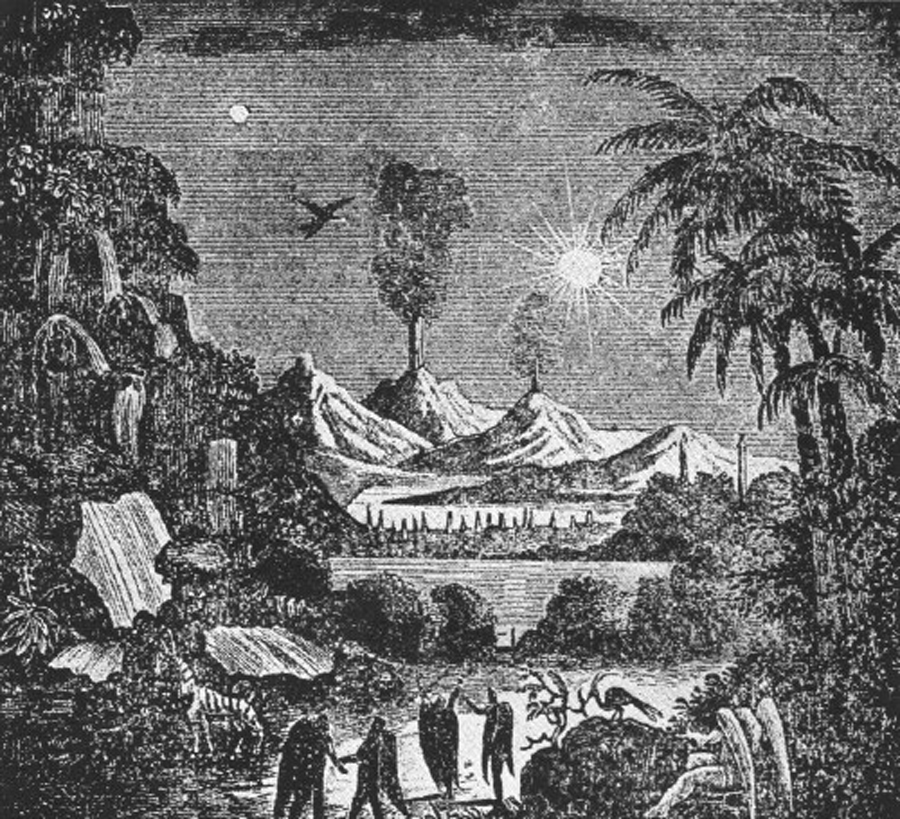
The beavers were seen walking on two feet and holding the young ones in their arms. The article also went on to describe that the astronomers have found out that the beavers lived in well-constructed huts, and smoke seen coming from the hut indicated that they knew the application of fire.
Day Four: The “Vespertilio-Homo”
The fourth article was about the discovery of human-like creatures. Their whole body except the face was covered with glossy and short copper-colored hair, and they had wings. Their faces were yellowish in color. Further observation made Herschel dub the strange creatures as “man-bat” or “Vespertilio-Homo”.

These creatures were seen engaging in animated conversations and involved in mating in the open. However, by this point readers of the articles were becoming increasingly skeptical. In order to provide the readers with an assurance, Dr. Gant mentioned that in upcoming volumes, a certificate would be given from different Wesleyan, Episcopal, and various other ministers who were eye-witnesses of the great wonders.
Day Five: The Sapphire Temple
In order to retain the interest in the lunar narrative in response to the rising skepticism, the fifth article was about the mystery of an abandoned temple seen on the Moon, that was believed to have been made of polished sapphire. The roof of the sapphire temple was made of a yellow metal.
Day Six: Superior Versions of Vespertilio-Homo
On the 31st of August, 1835, the final part of the Great Moon Hoax was published in the New York Sun. This last article described the discovery of a superior version of the Vespertilio- Homo who lived near the abandoned sapphire temple. They were less dark than the former creature and had a larger stature. This was the last observation of the astronomers, as the article claimed the observatory wall had been burned due to the accidental exposure of the lens of the telescope to the Sun’s rays. Even though the telescope was repaired after a week, these details on the Moon could no longer be seen.
Reactions and Responses
All these claimed discoveries about the Moon made by Sir John Herschel and his companion, Dr. Gant, created huge excitement among the people. The Great Moon Hoax became a popular topic of debate across New York City. People argued about whether the story was actually true or not. A number of people recorded their excitement about the lunar narrative through their diaries. It created so much buzz in the city that other newspapers of New York started to reprint the lunar narrative owing to the intense interest of the readers.
The news of the recent discoveries started spreading to a number of cities in the country. While a number of people believed the hoax to be true, some careful readers of the newspaper were able to get some hints that the lunar narrative was completely unreal. Initially, an overwhelming majority of people accepted the lunar discoveries to be true. The story of the Great Moon Hoax of 1835 was continuously being told and retold. This word-of-mouth passing of information led to further exaggerations and sensationalism.
The Story Goes Viral
On the 1st of September, 1835, only one day after publishing the final article of the lunar narrative, the New York Sun gave remarks about the responses from other newspapers relating to the interesting discoveries of Herschel. While it admitted the skepticism of some newspapers, it dismissed them, giving a list of about eleven comments to show that the news community believed in the authenticity of the lunar discoveries.
The Great Moon Hoax spread through New York City and went even beyond, and the news reached the entire world. By the end of September, the lunar discovery news had also reached Europe. Papers around the world took their cue from the New York papers and started publishing about these discoveries. However, nationwide, there were a greater number of skeptics in comparison to the believers. The few European papers that discussed the lunar discoveries considered it as an American hoax.
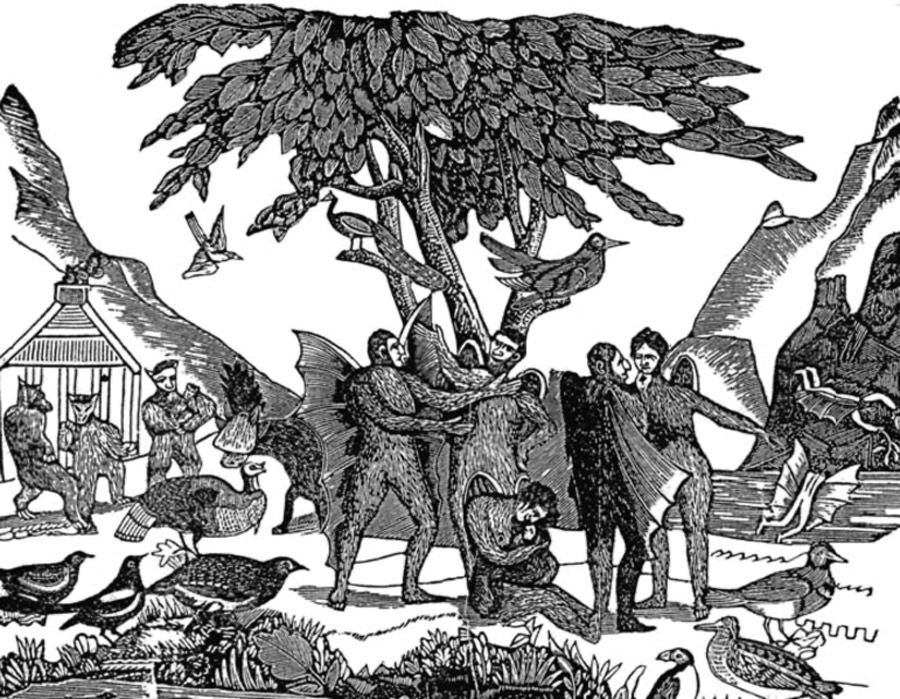
One thing that was quite surprising was the fact that there was no criticism directed towards the New York Sun. While a significant number of papers showed disbelief in the discoveries, none of them criticized the New York Sun for deceiving the readers. However, tellingly the New York Herald, the main rival of the Sun, criticized the paper for publishing the hoax.
The Great Moon Hoax finds a special place in journalism history. The highly favorable public response towards the lunar discoveries helped in the success and growth of the New York Sun.
Why Did So Many People Believe The Articles?
While the Great Moon Hoax may seem to be science fiction to modern readers, many readers of that time believed in the lunar discoveries. From a scientific perspective, people of 1835 did believe the hoax because there were genuine debates at the time about the chances of the existence of life on the Moon. At that time, science was unable to reach any strong conclusions relating to life on the Moon. So, people believed it to be true.
Some readers believed the lunar narrative owing to the description of the colossal telescope that Herschel used, that enabled him to view lunar inhabitants much clearly. The religious perspective was yet another reason why people believed in the Great Moon Hoax. Natural Theology, a popular religious movement at that time believed that God has a divine plan. The Natural Theologian believed that God created the universe to support life. So, according to this logic it made perfect sense that life existed on the Moon.
The Hoax Revealed
The Journal of Commerce had been the first newspaper that suggested that the lunar discoveries of Herschel could be a hoax. James Gordon Bennett, publisher of the New York Herald, played a vital role in debunking the hoax. In an article named “The Astronomical Hoax Explained”, Bennett identified the author of the hoax, Richard Adams Locke, and gave clear evidence of the lunar narrative being a hoax.
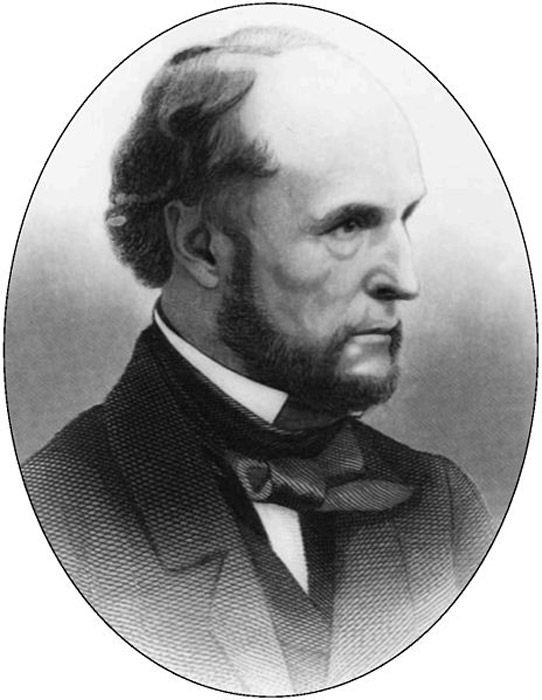
However, this disclosure was initially ignored by the media community. Then Bennett went on to point out that the author of the Great Moon Hoax, had been hired as Sun’s new editor two months back. This time his disclosure was not ignored.
During a recent sensational trial of a religious leader, Bennett had met Locke. Through a casual conversation, Bennett had got to know that Locke was involved in scientific studies, specifically astronomy and optics. Bennett used that conversation as proof that Locke was the author of the hoax. However, Locke kept refusing to admit he was the author of the lunar discoveries. For a few weeks, the battle of raged words continued between the Herald and the Sun. But the Sun was not ready to admit that the narrative was a hoax.
The Game Is Up: Locke Confesses
When Bennett claimed that Locke was the author of the Great Moon Hoax, Locke denied the fact in front of the public. However, later Locke admitted in private to one of his fellow reporters that he was the writer of the lunar narrative. While he was in a drunken state, he had shared the truth with Finn, a reporter at the Journal of Commerce.
Even though anecdotal, this story seems to be quite plausible as Locke was known to be a heavy drinker. Later, after Locke left the Sun and joined another newspaper, the New Era, he publicly acknowledged for the first time that he was the real author of the Great Moon Hoax of 1835. He left the New Era in the year 1839 and Park Benjamin, the editor of the New World, invited Locke to tell his story about the Great Moon Hoax.
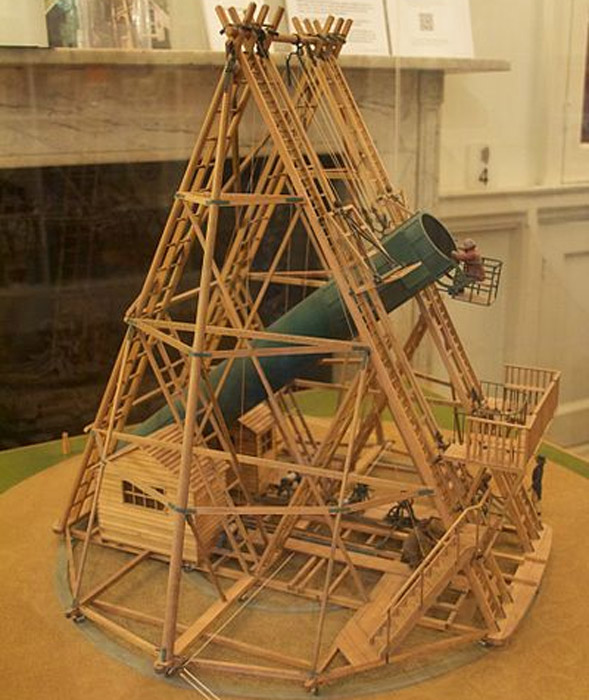
On the 16th of May 1840, Locke responded to Benjamin’s invitation and told the story through a long letter on the front page of the New World. This was his most public and fullest confession. In the letter, he explained that he did not intend the lunar narrative to be a hoax but a satire. He wanted to shed light on the unchecked religious influence on science.
Herschel Responds
Sir John Herschel himself was entirely innocent of the Great Moon Hoax. When the lunar narrative was published, he was in South Africa and was unaware of the things being claimed about him. An American showman, William Griggs, first showed the lunar narrative to Herschel. Herschel laughed after reading the articles and took it in good humor. However, later he came to regret this, as the Great Moon hoax ended up causing him a lot of trouble.
Looking back, the Great Moon Hoax seems to be both believable as well as unbelievable. While it might look odd for a writer to put the reputation of the newspaper at risk, the gamble worked out in the case of the Sun and Locke.
Top Image: Illustration from the fourth hoax article. Source: Benjamin Henry Day (1810-1889) / Public Domain.
By Bipin Dimri